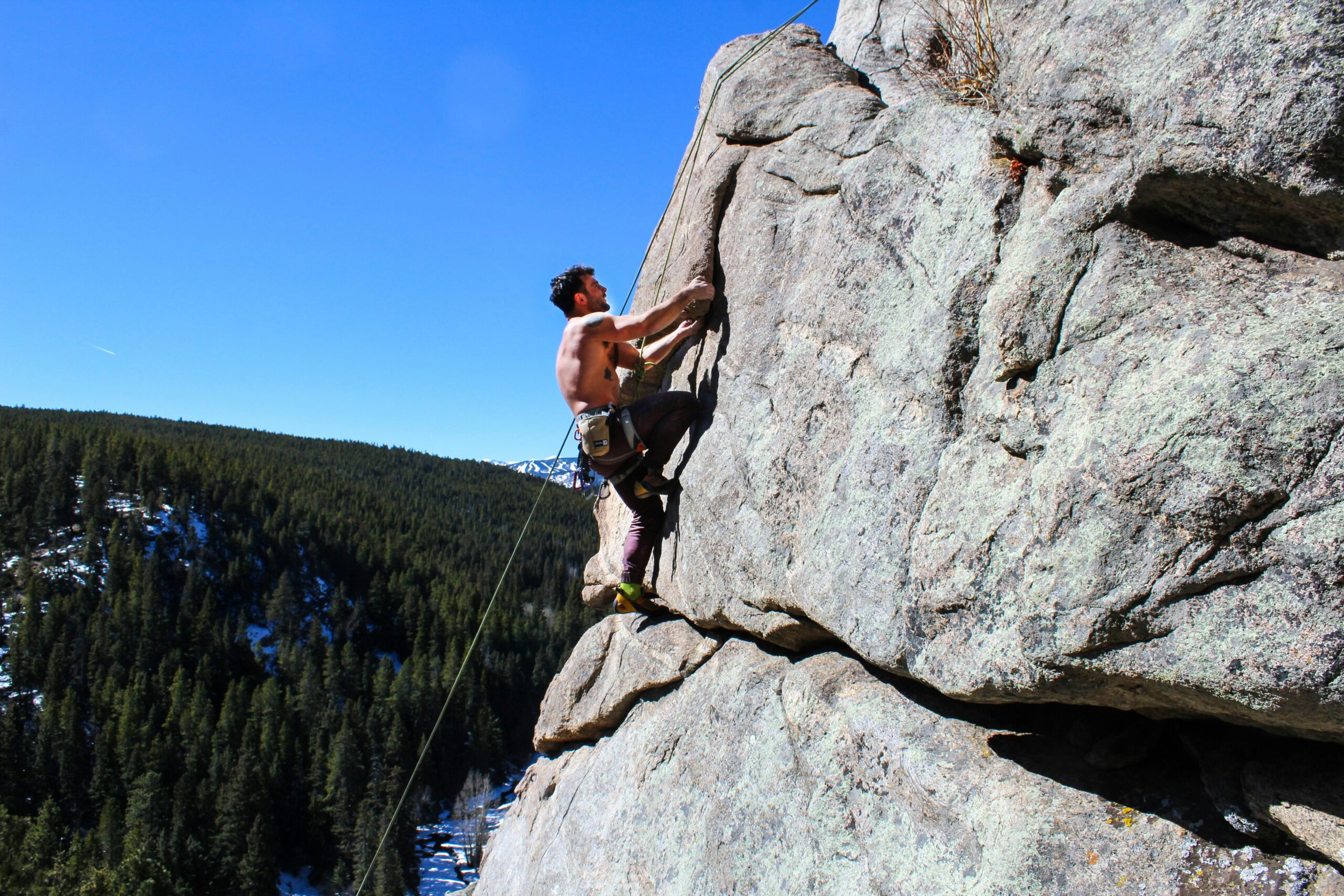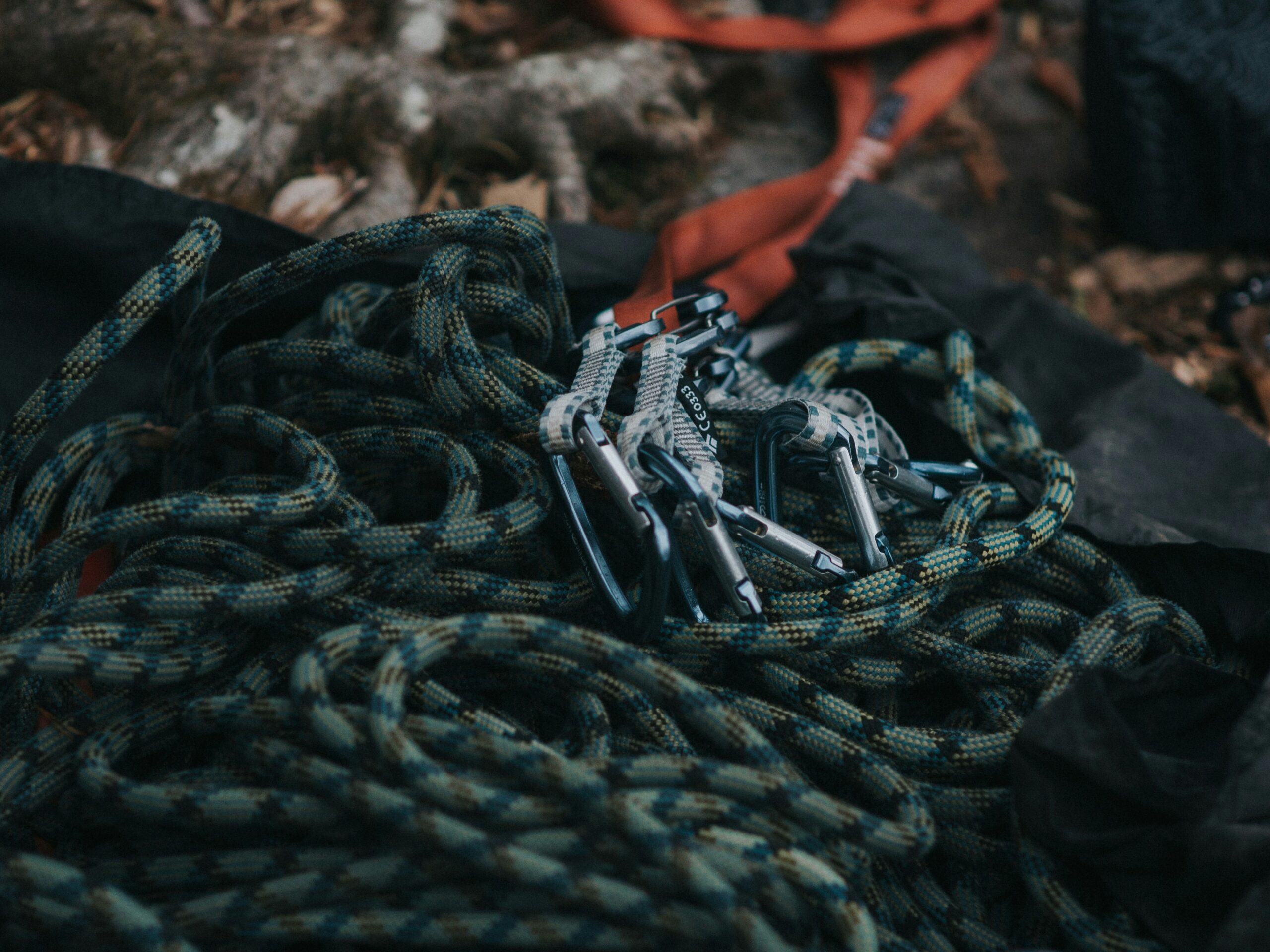Mount Shasta, with its majestic peaks and breathtaking vistas, is a paradise for adventure seekers and thrill enthusiasts. However, amidst the awe-inspiring beauty lies a hidden danger – injuries. Whether you are an experienced climber or a novice taking on the challenge, it is crucial to be aware of the potential risks that lurk on this formidable mountain. From sprained ankles to altitude sickness, this article aims to shed light on the most common injuries encountered while climbing Mount Shasta, equipping you with the knowledge to navigate its treacherous terrain safely.

Understanding the Risks of Mountain Climbing
Mountain climbing can be an exhilarating and rewarding experience, offering breathtaking views and a sense of accomplishment. However, it is important to be aware of the risks and dangers associated with this adrenaline-pumping activity. By understanding these risks, you can better prepare yourself to mitigate them and ensure a safer climbing expedition.
The dangers of mountain climbing
Mountain climbing involves navigating through challenging terrains, unpredictable weather conditions, and high altitudes. These factors pose various dangers that climbers must be aware of. From acute altitude sickness to bone fractures and traumatic falls, the risks are multifaceted and demand careful attention.
Risk factors associated with mountain climbing
Several risk factors are associated with mountain climbing. Factors such as high altitude, extreme cold, fatigue, and lack of oxygen can increase the likelihood of accidents and injuries. It is crucial to understand these risk factors and take appropriate precautions to minimize their impact on your climbing experience.
Preparation and training for safer climbing
Proper preparation and training play a crucial role in ensuring a safer climbing expedition. It is essential to engage in physical conditioning to improve your endurance, strength, and flexibility. Additionally, learning emergency response techniques and first aid knowledge equips you with the necessary skills to handle potential accidents or injuries effectively.
Acute Altitude Sickness
Altitude sickness, also known as acute mountain sickness (AMS), is a common ailment experienced by climbers at high altitudes. It occurs when the body fails to acclimate properly to the reduced oxygen levels.
Definition and manifestation of altitude sickness
Altitude sickness manifests through various symptoms, including headache, nausea, dizziness, fatigue, loss of appetite, and difficulty sleeping. In severe cases, it can lead to high-altitude pulmonary edema (HAPE) or high-altitude cerebral edema (HACE), both of which can be life-threatening.
Risk factors of altitude sickness on Mount Shasta
Mount Shasta, a popular climbing destination, presents high altitude conditions that increase the risk of altitude sickness. With an elevation of 14,179 feet, climbers must be vigilant and take necessary precautions to prevent, recognize, and manage altitude sickness symptoms.
Ways to prevent and treat altitude sickness
To minimize the risk of altitude sickness, climbers are advised to gradually acclimate themselves to higher elevations. Adequate hydration, proper nutrition, and avoiding excessive physical exertion can also help prevent altitude sickness. In case of mild symptoms, descending to lower altitudes, resting, and administering medication can aid in recovery.
Cold Injuries
Climbers are particularly susceptible to cold injuries due to exposure to frigid temperatures and harsh weather conditions. The most common cold injuries include hypothermia, frostbite, and snow blindness.
Hypothermia: risks, symptoms, and treatments
Hypothermia occurs when the body's core temperature drops below the normal range, usually due to prolonged exposure to cold and wet conditions. Symptoms of hypothermia include intense shivering, confusion, fatigue, and loss of coordination. Immediate measures such as seeking shelter, removing wet clothing, and providing warm, dry layers can help alleviate the condition.
Frostbite: how it happens and ways to prevent it
Frostbite is a freezing of the skin and underlying tissues caused by extreme cold. It primarily affects the fingers, toes, nose, and ears. Prevention includes wearing appropriate insulated clothing, avoiding tight footwear, and regularly checking for numbness or discoloration in extremities. If frostbite occurs, rewarming the affected area gently and seeking medical attention is crucial.
Snow blindness: a hazard to be aware of in mountaineering
Snow blindness, also known as photokeratitis, results from prolonged exposure to ultraviolet (UV) rays reflected off the snow. It causes pain, redness, tearing, and temporary vision loss. Wearing proper eye protection, such as glacier glasses or goggles with UV filters, and applying sunscreen to exposed skin can prevent snow blindness.
Bone Fractures
Bone fractures are a common occurrence in mountain climbing and can range from minor fractures to severe injuries. Understanding the typical causes of fractures and the types most frequently encountered is essential for climbers.
Typical causes of bone fractures while climbing
Bone fractures can occur due to falls, missteps, heavy impacts, or accidents involving falling rocks or equipment. It is crucial to exercise caution, maintain secure footing, and be mindful of potential hazards during the climb to minimize the risk of fractures.
Most common types of bone fractures in mountain climbing
The most common types of bone fractures in mountain climbing include fractures in the wrist, hand, ankle, and leg, as well as rib and spinal fractures. These injuries can significantly impact a climber's ability to continue their ascent and necessitate immediate medical attention.
Emergency care and treatment procedures
In the event of a bone fracture, it is essential to immobilize the injured area, minimize movement, and seek immediate medical assistance. Carrying a first aid kit, along with knowledge of basic fracture stabilization techniques, can provide valuable support until professional medical help is available.

Musculoskeletal Injuries
Climbing often places significant strain on the musculoskeletal system, leading to sprains, strains, and tendon injuries. Understanding common climbing-related injuries and how to manage them is crucial for climbers.
Common muscle strains and sprains in climbers
Muscle strains or sprains can occur when climbers exert excessive force or engage in repetitive movements. Commonly affected areas include the shoulders, elbows, wrists, and knees. Rest, ice, compression, and elevation (RICE) therapy, along with gentle stretching and strengthening exercises, can aid in recovery and prevent further injury.
Managing climbing-related tendon injuries
Climbers may experience tendon injuries, such as tendonitis or tenosynovitis, due to repetitive stress on the tendons. These injuries commonly affect the fingers, wrists, and elbows. Rest, immobilization, physical therapy exercises, and the use of protective taping can be effective in managing and rehabilitating tendon injuries.
Preventive conditioning and physiotherapy
Preventive conditioning, including targeted exercises that enhance strength, flexibility, and endurance, can help reduce the risk of musculoskeletal injuries. Engaging in regular physiotherapy sessions to address any existing imbalances or weaknesses can further aid in injury prevention and promote optimal performance.
Traumatic Falls
Falling poses a significant risk in mountain climbing and can result in severe injuries or even fatalities. Recognizing the risk factors, understanding the impact of falls, and adopting appropriate safety gear and techniques are essential for climbers.
Risk factors for falls in mountain climbing
Risk factors for falls include loose rocks, unstable terrain, inclement weather, inadequate equipment, and human error. Climbers must be cautious, maintain three points of contact, and assess the stability of their surroundings to minimize the chances of a fall.
Impact of falls and the common injuries that result
Falls can lead to various injuries, ranging from minor cuts and bruises to fractures, traumatic brain injuries, or internal organ damage. The consequences of falls can be life-threatening, underscoring the importance of adopting safety measures and employing proper climbing techniques.
Safety gear and techniques to prevent falls
Wearing a well-fitted climbing helmet, utilizing appropriate safety harnesses, using ropes and anchors, and employing effective belaying techniques are crucial for fall prevention. Additionally, climbers should regularly inspect their gear for signs of wear and tear and replace it, if necessary, to ensure maximum safety.

Head Injuries
Head injuries are a significant concern in mountaineering and can lead to severe and long-lasting consequences. Understanding the prevalence of head injuries, the different types, and the necessity of protective measures is paramount for climbers.
Prevalence of head injuries in mountaineering
Head injuries are relatively common in mountaineering, particularly in scenarios involving falls, rockfall, or other accidents that result in high-velocity impacts. These injuries can range from concussions to more severe traumatic brain injuries, underscoring the need for protection.
Types of head injuries and their consequences
Head injuries can take different forms, including scalp lacerations, skull fractures, concussions, and brain contusions. Depending on the severity, these injuries can result in varying degrees of physical, cognitive, and emotional impairments, emphasizing the importance of safeguarding the head during climbing activities.
Importance of helmets and other protective measures
Wearing a well-fitting, climbing-specific helmet is crucial in reducing the risk and severity of head injuries. Climbers should also consider using additional protective measures, such as impact-resistant sunglasses, to reduce the chances of eye injuries due to flying debris or falling objects.
Dehydration and Nutrition Related Issues
The mountaineering environment can present challenges regarding hydration and nutrition, making it vital for climbers to understand the effects of dehydration and dietary deficiencies and implement strategies to overcome them.
Effects of dehydration in the mountaineering environment
Dehydration can occur rapidly in mountain climbing due to increased sweating, dry air, and high altitude conditions. It can lead to decreased cognitive function, fatigue, muscle cramps, and in severe cases, heat exhaustion or heat stroke. Maintaining proper hydration levels through regular water intake is crucial to mitigate the risks of dehydration.
Common dietary deficiencies faced by climbers
Climbers often face dietary deficiencies due to limited food choices, weight considerations, and the physical demands of climbing. Insufficient intake of essential nutrients such as carbohydrates, proteins, fats, and micronutrients can compromise performance and overall well-being. Adequate meal planning and supplementation can help address these deficiencies.
Vital nutrition and hydration strategies during climbing expeditions
Proper nutrition during climbing expeditions involves a meticulous balance of carbohydrates, proteins, and healthy fats to fuel the body adequately. Including lightweight, high-energy food options, staying hydrated throughout the climb, and replenishing electrolytes are vital strategies for optimal performance and well-being.
Exhaustion and Fatigue
Mountain climbing is an arduous activity that demands significant physical stamina. Understanding the toll it takes on the body, recognizing signs of extreme fatigue, and implementing rest and recovery strategies are essential for climbers.
The toll of climbing on physical stamina
Climbing for extended periods places immense stress on the body, leading to physical exhaustion and fatigue. The combination of high altitude, extreme weather conditions, and demanding terrain challenges the cardiovascular system, muscles, and respiratory function.
Recognizing the signs of extreme fatigue
Recognizing the signs of extreme fatigue, such as persistent weariness, diminished strength, lack of concentration, or increased risk-taking behavior, is crucial for climbers. These indicators serve as warning signs to prioritize rest and recovery to avoid accidents or injuries.
Rest and recovery strategies for long climbs
Building rest days into climbing itineraries, pacing oneself during ascents, prioritizing sleep and nutrition, and allowing time for muscle recovery are crucial strategies for climbers. Additionally, practicing mindfulness and stress-reduction techniques can help manage mental fatigue and enhance overall well-being.
Preventive Measures and Safety Guidelines
To minimize the risks associated with mountain climbing, adopting preventive measures and adhering to safety guidelines are of paramount importance.
Importance of physical conditioning
Ensuring adequate physical conditioning before embarking on a mountain climbing expedition is crucial. Regular cardiovascular exercises, strength training, and flexibility exercises help prepare your body for the demands of climbing while reducing the risk of injuries.
Appropriate gear and clothing for mountain climbing
Equipping oneself with appropriate climbing gear and clothing is essential for safety and comfort. This includes wearing multiple layers to regulate body temperature, using sturdy and well-fitted climbing shoes, utilizing harnesses and ropes, and carrying a well-stocked first aid kit.
Emergency response training and first aid knowledge
Being trained in emergency response techniques and possessing essential first aid knowledge are invaluable assets for climbers. Understanding how to administer basic first aid, stabilize injuries, and coordinate emergency evacuations can potentially save lives and minimize the impact of accidents or injuries.
By familiarizing yourself with the risks, dangers, and preventive measures associated with mountain climbing, you can enjoy this thrilling adventure with greater confidence and safety. Remember to prioritize your well-being, remain vigilant, and seek professional guidance when necessary. Happy climbing!
